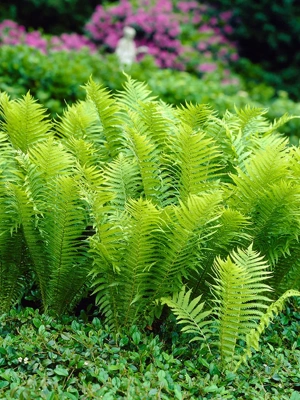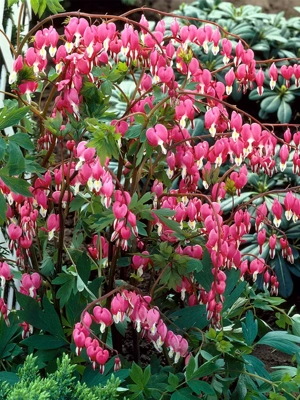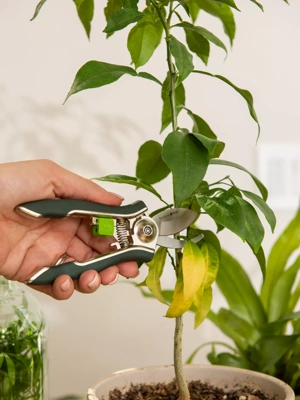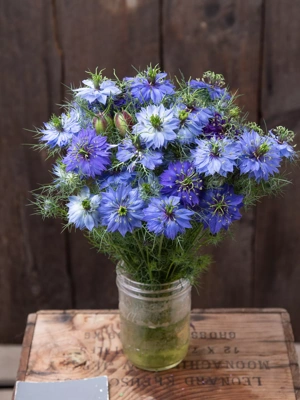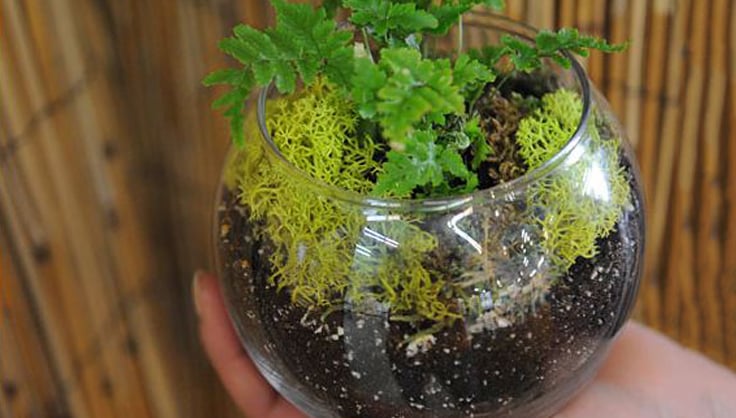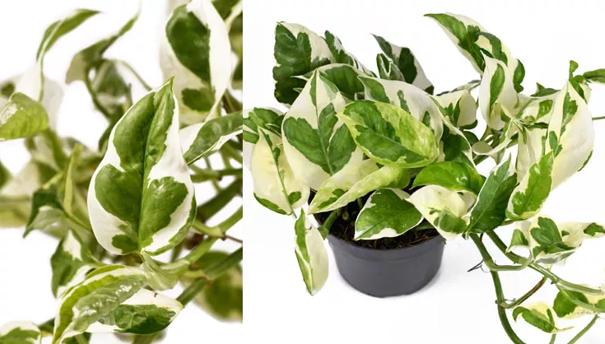How to Care For Boston Ferns

Types of Boston Fern
The classic 'Bostoniensis' is incredibly popular and widely available in nurseries. However a number of cultivars featuring different frond shapes and colors have been bred:
Nephrolepis exaltata ‘Fluffy Ruffles’: a smaller cultivar with stiff, upright fronds with dense, incised leaflets.
Nephrolepis exaltata 'Rita’s Gold': has more compact, lime-yellow fronds.
Nephrolepis exaltata 'Dallas': a compact plant perfect for a small shelf or plant stand, it has fronds that are roughly half the length of the original 'Bostoniensis'
'Nephrolepis exaltata Tiger': a gorgeous variegated type with cream, yellow, and green marbled fronds
Best Growing Conditions For Boston Ferns
Light
Boston Ferns prefer bright, indirect light. Direct sunlight can scorch their delicate fronds. A north or east-facing window is ideal. If you’re growing them outdoors, ensure they are in a shaded or partially shaded area.
Soil
A light, moist, humus-y potting mix works best for Boston ferns.
Humidity
Although it is one of the more drought-tolerant ferns, Boston ferns appreciate consistent moisture and higher-than-average humidity. Browning tips will indicate that the plant is too dry — increase humidity with a humidifier or by setting the container in a shallow dish of pebbles and water.
How To Care For Boston Ferns
Watering
Keep the soil consistently moist but not soggy. Water when the top inch of soil feels dry to the touch. Boston Ferns also appreciate high humidity, so misting them regularly or placing them on a tray of wet pebbles can help.
Fertilizer
During the growing season (spring and summer), fertilize your Boston Fern once a month with a balanced, water-soluble fertilizer. Reduce feeding in the fall and winter when growth slows.
Pruning
Prune your Boston Fern to remove dead or brown fronds. This will encourage new growth and maintain a lush, full appearance. Use clean, sharp scissors for pruning.
Repotting
Repot your Boston Fern every couple of years, or when it becomes root-bound. Spring is the best time for repotting. Be gentle when handling the delicate fronds.
Propagation
Boston Ferns can be propagated by division. Carefully divide the plant at the root and repot each section in its own container.
Common Problems with Boston Ferns
Pests and Diseases
Common pests include spider mites and mealybugs. These can be treated with insecticidal soap or neem oil. Boston Ferns are relatively disease-resistant but can suffer from root rot if overwatered.
Toxicity
Boston Ferns are non-toxic and safe for pets and humans, making them a fantastic choice for households with furry friends or small children.
Boston Fern FAQs
Q: Why are the tips of my Boston fern turning brown?
A: Brown tips can be a sign of low humidity, under-watering, or a build-up of minerals from tap water. Increase humidity and ensure consistent watering with filtered or distilled water.
Q: Can Boston ferns survive in low light?
A: While they prefer bright, indirect light, Boston Ferns can tolerate lower light conditions. However, their growth may slow, and fronds may become less lush.
Q: Can Boston ferns be grown outside?
A: Boston ferns are hardy in our warmest growing zones (zones 9-11). But, as tropical plants, they won't tolerate chilly temps — gardeners in cooler growing zones will need to keep them indoors for all but the summer months.
With their feathery fronds and lush appearance, it's no wonder that Boston ferns are incredibly popular. Pop one on a plant stand or hang a welcoming trio in baskets from your shady porch.
Last updated: 02/06/2024
Print this Article:
Related items
Related Articles
Get the Dirt
Stay up to date on new articles and advice. Please fill out the information below.


